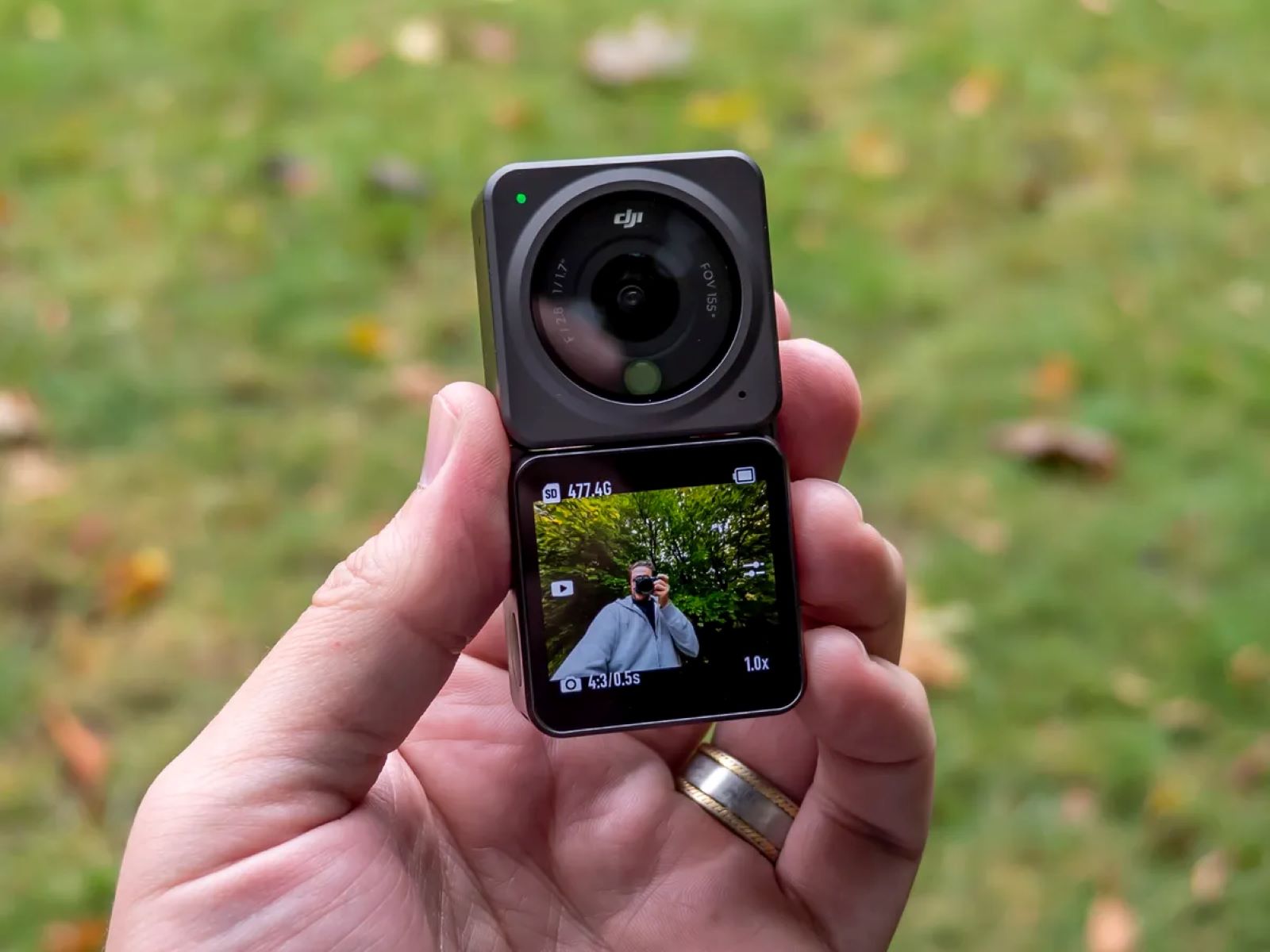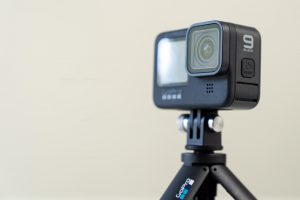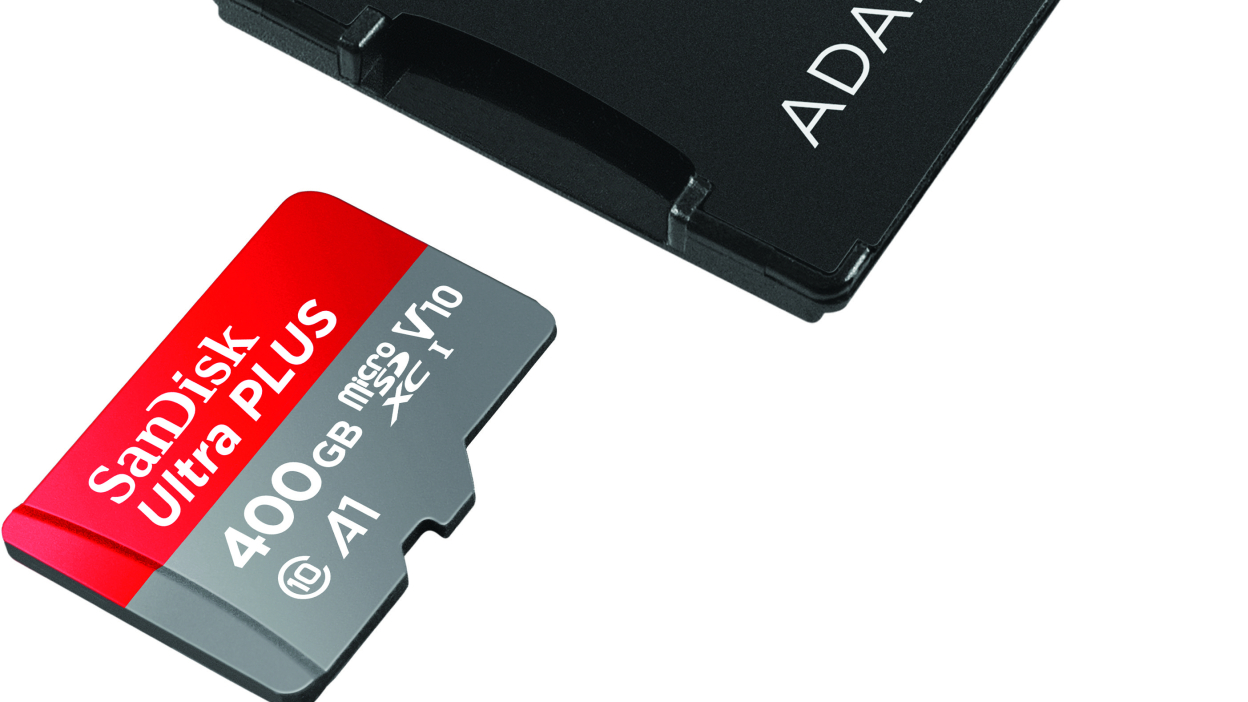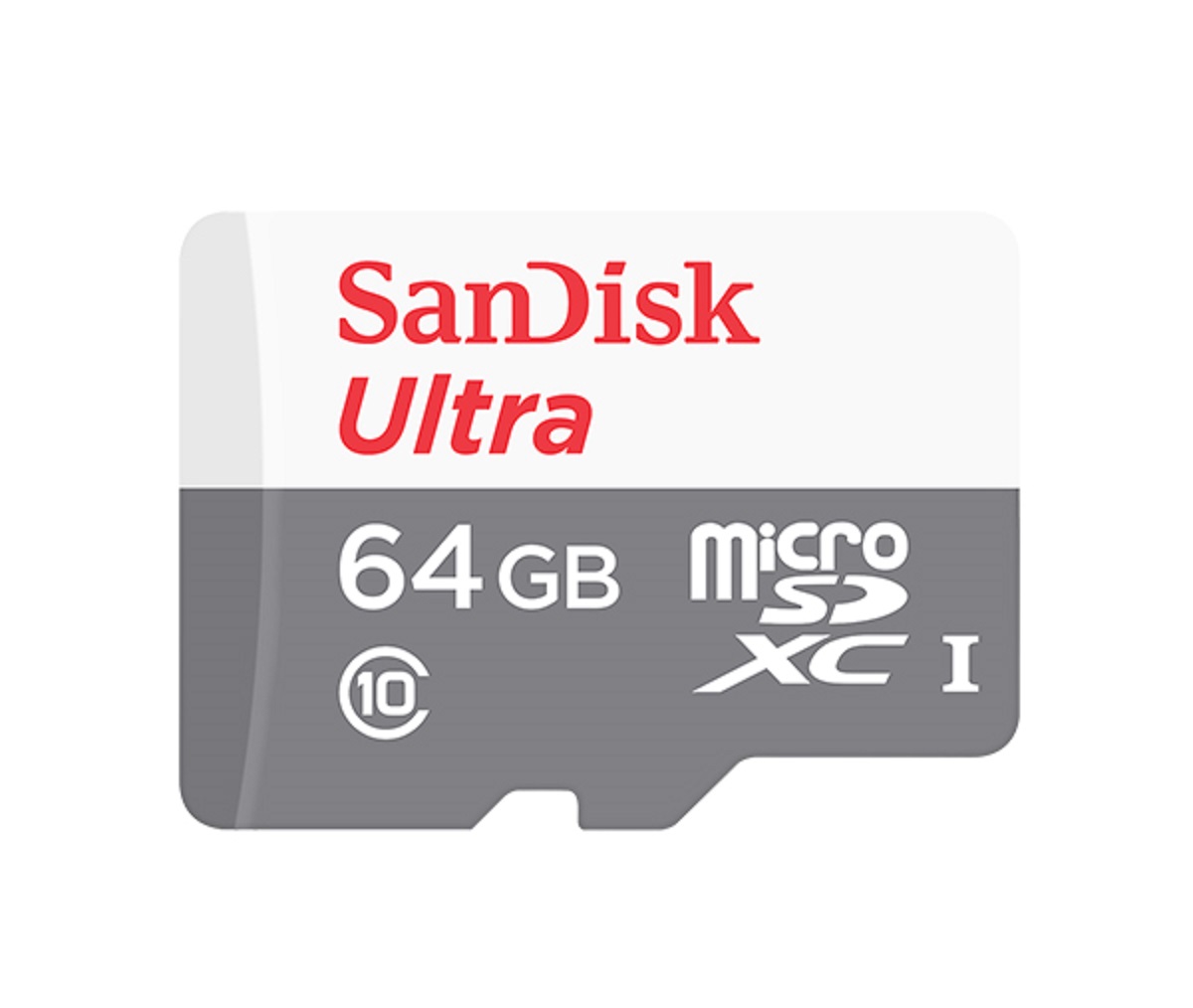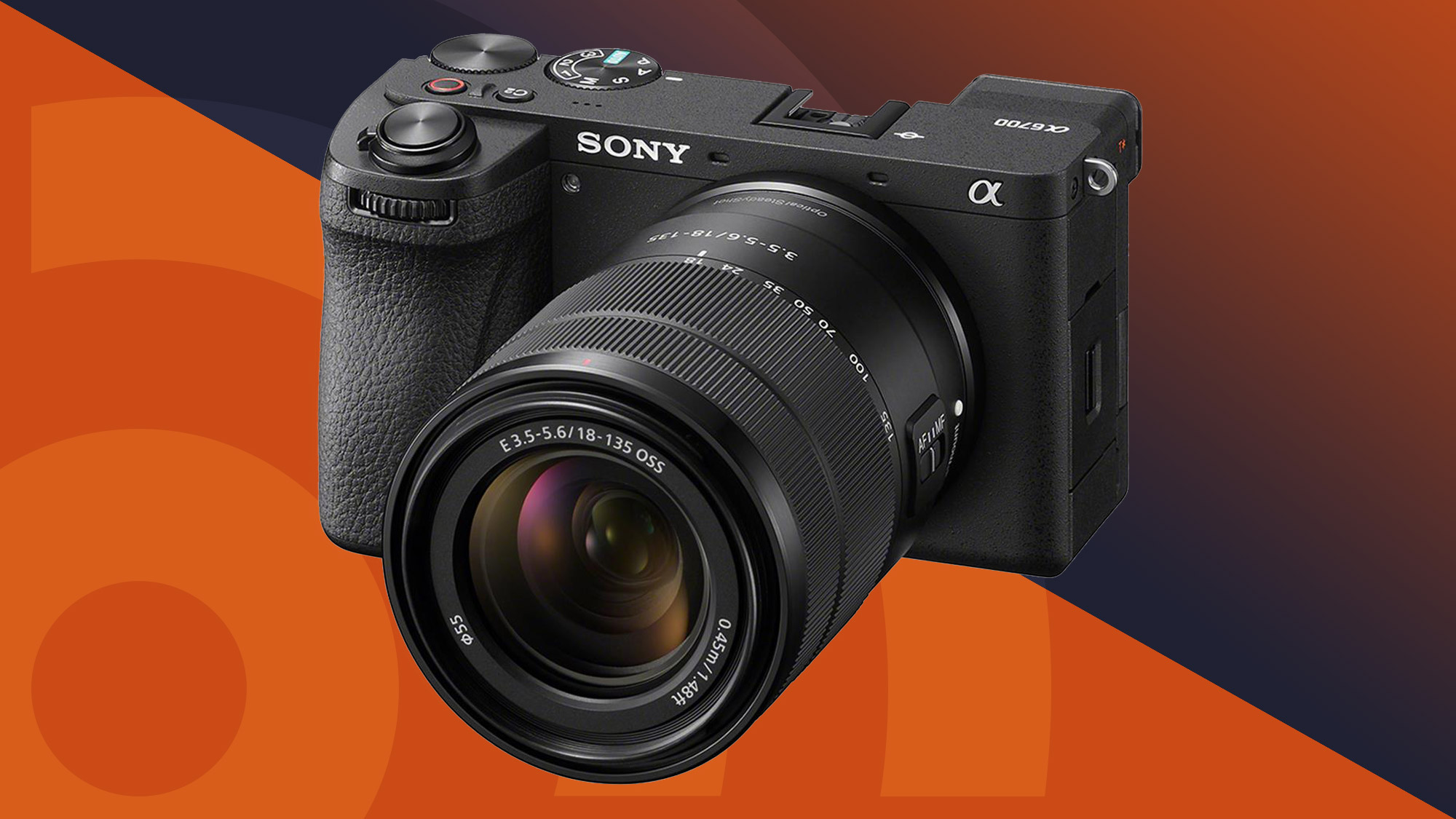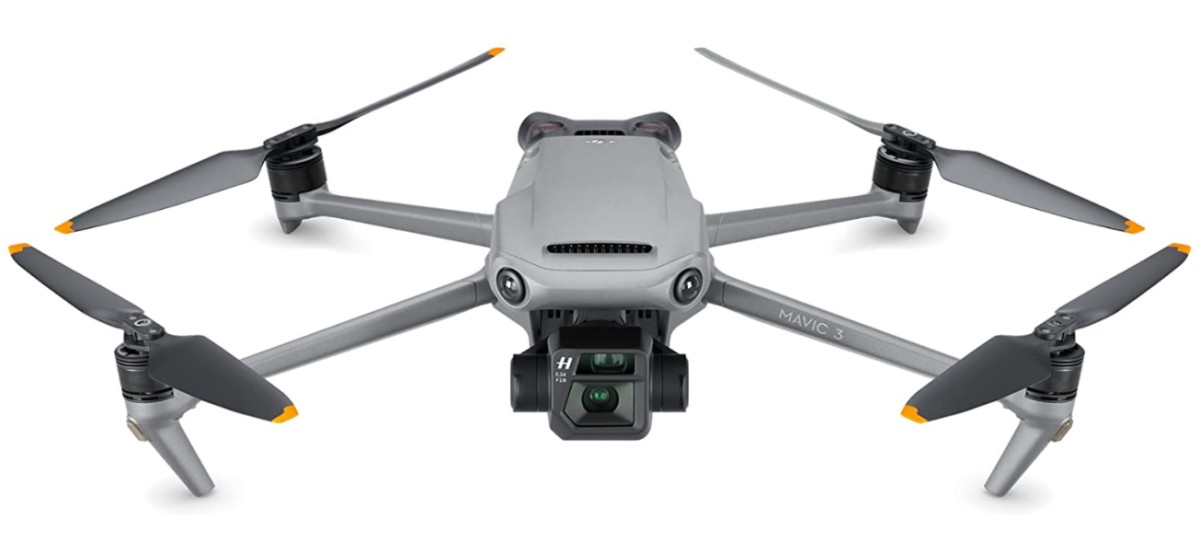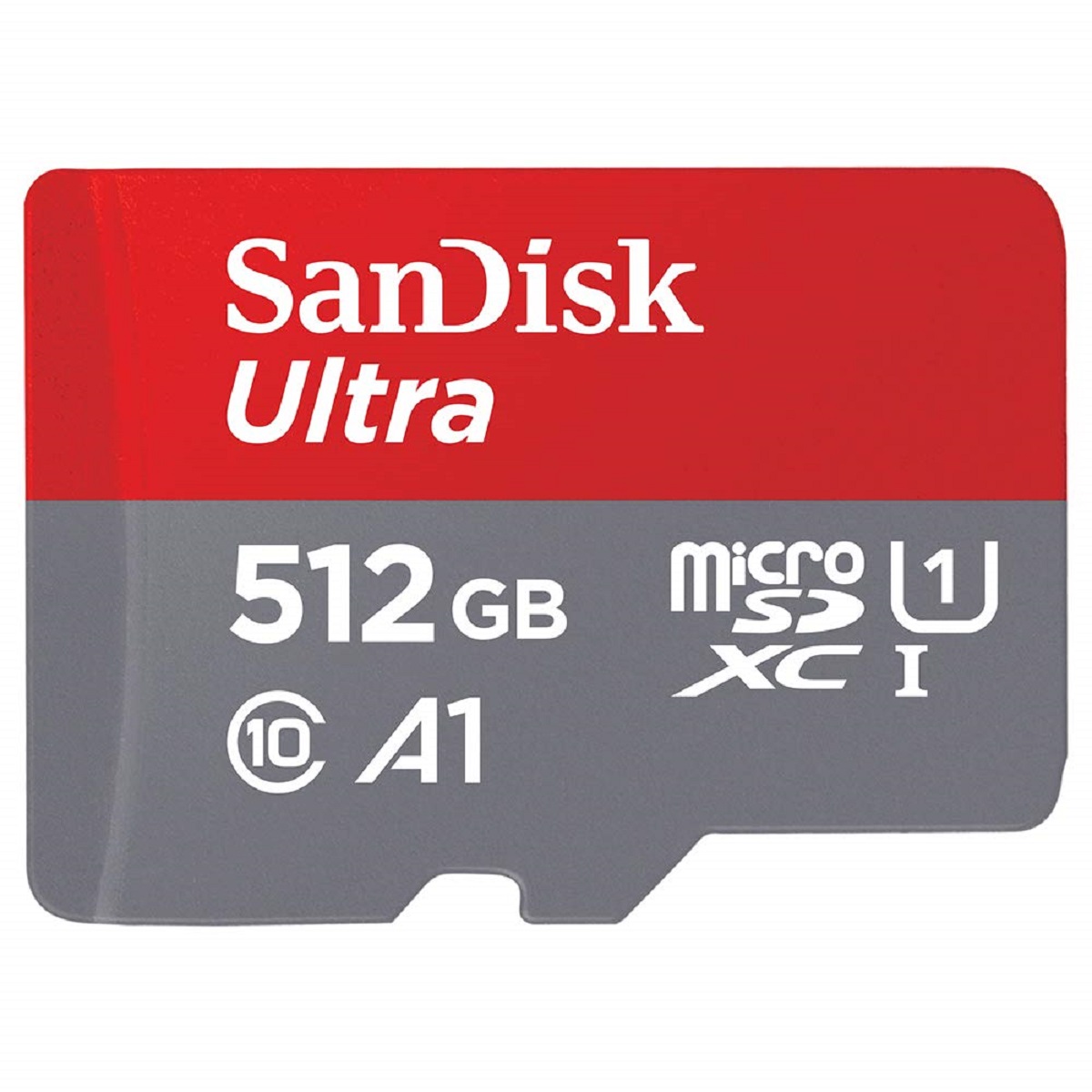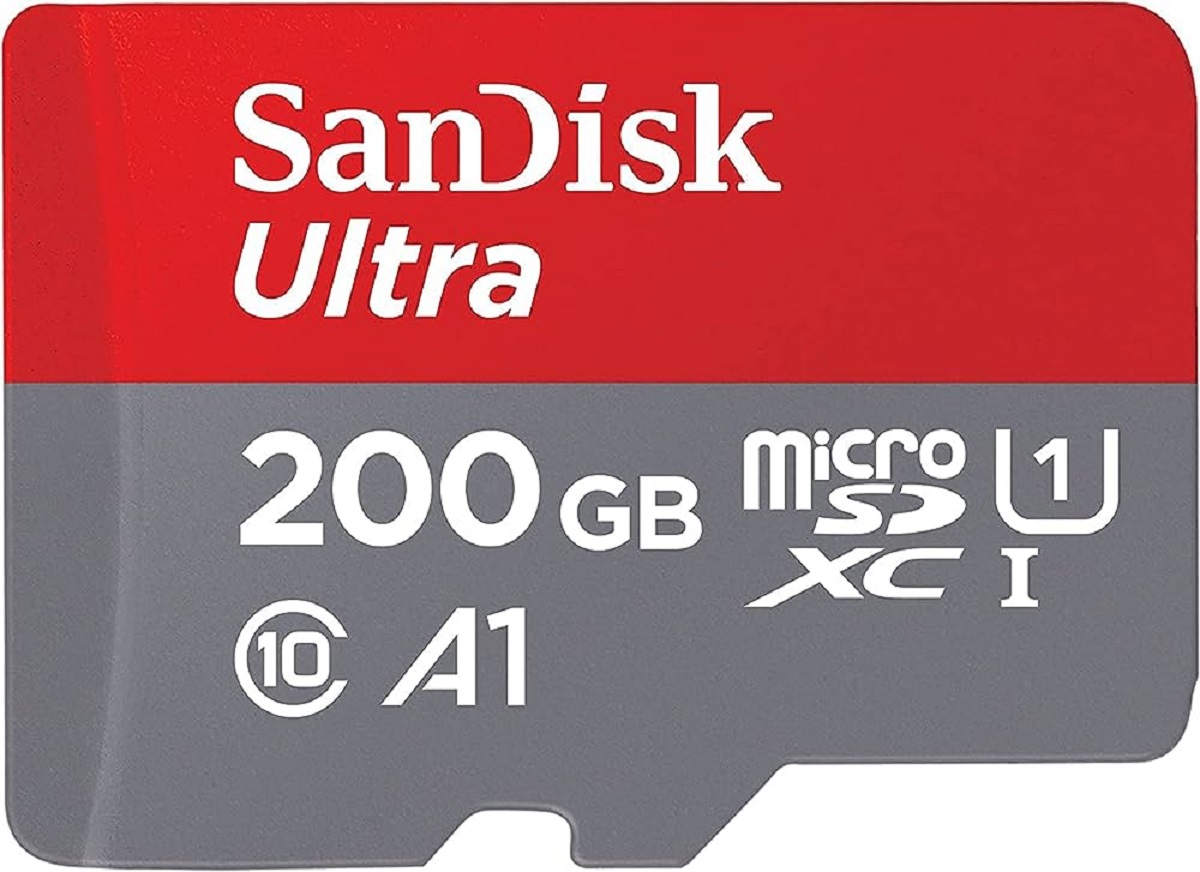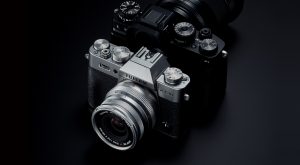Introduction
Understanding the Quirks of Action Cameras: A Brief Guide
Action cameras have revolutionized the way we capture our adventures, from adrenaline-pumping activities to serene moments in the great outdoors. However, it's not uncommon for users to encounter a puzzling issue: their action cameras seem to only record for a few minutes at a time. This can be frustrating, especially when you're in the midst of an exhilarating experience and want to capture every thrilling moment.
In this guide, we'll delve into the various factors that can cause an action camera to record for only a brief duration. By understanding these limitations, you'll be better equipped to maximize your camera's performance and ensure that you don't miss out on recording those unforgettable moments.
Whether you're an avid adventurer, a sports enthusiast, or simply someone who enjoys documenting life's exciting escapades, this guide will shed light on the reasons behind this common issue and provide valuable insights into how to overcome it. Let's embark on this journey to unravel the mysteries of action camera recording limitations and empower ourselves to make the most of our action-packed experiences.
Understanding the Limitations of Your Action Camera
Exploring the Boundaries of Action Camera Capabilities
Before delving into the specific reasons why your action camera may only record for a few minutes, it’s essential to grasp the inherent limitations of these compact yet powerful devices. Action cameras are designed to withstand rugged environments, capture high-definition footage, and deliver exceptional performance in a variety of scenarios. However, their compact size and specialized functionality come with certain constraints that users should be aware of.
One of the primary limitations of action cameras is their reliance on compact internal components, which may impact their ability to sustain prolonged recording sessions. Additionally, the compact form factor restricts the integration of large batteries and advanced cooling systems, leading to inherent constraints on recording duration. Understanding these limitations can provide valuable insights into why your action camera may exhibit restricted recording capabilities.
Furthermore, the design of action cameras often prioritizes portability and durability, resulting in trade-offs that affect recording duration. While these devices excel in capturing dynamic, fast-paced activities, their design may impose limitations on continuous recording, especially in high-resolution or high-framerate settings. By recognizing these inherent limitations, you can effectively manage your expectations and explore strategies to optimize your action camera’s performance within its operational boundaries.
As we navigate through the factors influencing recording duration, it’s crucial to maintain a nuanced understanding of the intricate balance between compact design, technological capabilities, and environmental variables. By acknowledging the limitations of action cameras, we can approach the issue of restricted recording duration with a comprehensive perspective, paving the way for informed solutions and enhanced user experiences.
Overheating Issues
Unraveling the Impact of Heat on Action Camera Performance
One prevalent factor contributing to the limited recording duration of action cameras is overheating. These compact devices are often subjected to demanding environmental conditions, which can result in the accumulation of heat during extended usage. As action cameras are frequently employed in high-action settings, such as outdoor sports and adventurous pursuits, the combination of intense physical activity and exposure to direct sunlight can exacerbate the risk of overheating.
When an action camera surpasses its optimal operating temperature, it may automatically initiate protective measures to prevent damage to internal components. This can manifest as automatic shutdowns or limitations on recording duration to mitigate the effects of overheating. Consequently, users may observe their action cameras ceasing to record after a brief period, signaling the onset of thermal constraints.
To mitigate overheating issues, users can implement several proactive measures. Ensuring adequate airflow around the camera, especially during prolonged recording sessions, can help dissipate heat and maintain optimal operating temperatures. Additionally, leveraging external accessories such as camera housings with enhanced ventilation or heat-dissipating mounts can aid in managing thermal buildup, extending recording duration and preserving the camera’s performance.
Furthermore, conscientious selection of recording settings, such as opting for lower resolutions or frame rates in exceptionally warm environments, can alleviate thermal stress on the action camera. By understanding the impact of environmental conditions on overheating, users can adopt strategic approaches to mitigate this challenge, thereby prolonging recording duration and enhancing the overall reliability of their action cameras.
Memory Card Speed and Capacity
Unveiling the Crucial Role of Memory Cards in Action Camera Performance
The utilization of memory cards with inadequate speed and capacity can significantly influence the recording duration of action cameras. These compact devices rely on memory cards to store the captured footage, and the performance of the memory card directly impacts the camera’s ability to sustain extended recording sessions.
Insufficient memory card speed may impede the camera’s ability to write data swiftly, leading to interruptions in recording and truncated footage. High-definition and high-framerate recordings demand memory cards with rapid write speeds to accommodate the substantial data throughput. When the memory card’s write speed falls short of the camera’s recording requirements, the camera may pause recording or cease capturing footage altogether, resulting in abbreviated recording durations.
Moreover, the capacity of the memory card dictates the duration of continuous recording. If the memory card’s storage capacity is insufficient to accommodate prolonged recordings at the selected resolution and quality settings, the camera may halt recording once the storage limit is reached. This limitation can be particularly pronounced when capturing footage in resolutions that yield larger file sizes, such as 4K or high-bitrate settings.
To address these challenges, users can optimize their action camera’s recording capabilities by selecting memory cards with ample capacity and fast write speeds. Choosing memory cards that align with the camera’s recommended specifications, such as Class 10 or UHS Speed Class 3 (U3) cards for high-definition and 4K recordings, can enhance the camera’s ability to sustain extended capture sessions without interruptions or premature cessation of recording.
By recognizing the pivotal role of memory cards in facilitating seamless and uninterrupted recording, users can make informed decisions when selecting memory cards that harmonize with their action cameras’ performance requirements, thereby mitigating constraints on recording duration and elevating the overall user experience.
Battery Life
Uncovering the Influence of Battery Performance on Action Camera Recording
The battery life of an action camera is a crucial determinant of its recording duration. These portable devices rely on internal batteries to power their operations, including continuous recording of high-definition footage. Limited battery capacity and the energy-intensive nature of recording activities can lead to abbreviated recording sessions, posing a common challenge for action camera users.
When the battery nears depletion, action cameras may initiate automatic shutdowns to preserve remaining power, resulting in truncated recordings. This can be particularly noticeable in scenarios where the camera’s battery capacity is insufficient to support extended recording sessions, especially in high-resolution or high-framerate settings that demand heightened power consumption.
To address the impact of battery life on recording duration, users can adopt proactive strategies to optimize their action cameras’ power management. Carrying spare batteries or portable power banks can extend the camera’s operational duration, allowing for seamless transition between power sources to sustain continuous recording. Additionally, judiciously managing power-intensive settings and functionalities, such as wireless connectivity and display brightness, can contribute to prolonged battery life and extended recording capabilities.
Furthermore, leveraging energy-efficient recording settings and periodically monitoring the battery level during recording sessions can empower users to preemptively address potential interruptions due to dwindling power reserves. By maintaining awareness of the camera’s battery status and implementing prudent power conservation practices, users can mitigate the constraints imposed by limited battery life, thereby maximizing the recording duration of their action cameras.
Firmware and Settings
Optimizing Action Camera Performance through Firmware and Configuration
The firmware and settings of an action camera play a pivotal role in shaping its recording capabilities and operational behavior. Firmware updates and meticulous configuration of recording settings can significantly influence the camera’s ability to sustain extended recording sessions and mitigate limitations on recording duration.
Regular firmware updates issued by action camera manufacturers often encompass enhancements to power management, thermal regulation, and overall system optimization. By ensuring that the action camera is running the latest firmware version, users can benefit from improved operational efficiency, refined power utilization, and enhanced thermal regulation, all of which contribute to prolonged and uninterrupted recording durations.
Configuring recording settings tailored to the specific requirements of the intended capture scenario can also yield substantial improvements in recording duration. Selecting optimal resolution, frame rate, and compression settings aligned with the available storage capacity and battery life can mitigate constraints on recording duration, allowing for sustained capture of immersive footage without premature interruptions.
Furthermore, adjusting exposure, white balance, and other relevant parameters in accordance with the prevailing environmental conditions can optimize the camera’s performance and minimize the likelihood of abrupt recording halts due to sensor overheating or inadequate exposure control.
By proactively engaging with firmware updates and thoughtfully configuring recording settings, users can harness the full potential of their action cameras, extending recording duration and fortifying the devices against the constraints imposed by internal and environmental factors. This strategic approach empowers users to orchestrate seamless and uninterrupted recording experiences, capturing the essence of their adventures with unparalleled continuity and fidelity.
Conclusion
Empowering Action Camera Enthusiasts with Insight and Solutions
As we navigate the intricacies of action camera recording limitations, it becomes evident that a nuanced understanding of the device’s operational constraints is essential for maximizing its performance. From managing overheating issues to optimizing memory card selection, battery life, and firmware configurations, users can employ a range of proactive strategies to extend recording duration and enhance the reliability of their action cameras.
By acknowledging the impact of environmental and technical variables on recording duration, users can approach their action cameras with informed perspectives, leveraging tailored solutions to overcome limitations and elevate the quality of their captured footage. The integration of advanced cooling accessories, high-speed and high-capacity memory cards, supplementary power sources, and strategic firmware and settings adjustments empowers users to transcend the constraints imposed by compact form factors and demanding recording scenarios, enabling seamless and uninterrupted capture of their exhilarating experiences.
Moreover, fostering a proactive mindset towards maintaining and optimizing action camera performance can yield enduring benefits, ensuring that users consistently derive unparalleled value from their devices across a spectrum of dynamic activities and environments. As technology continues to evolve, action camera enthusiasts are poised to leverage advancements in thermal management, energy efficiency, and recording media to further enhance the recording duration and overall capabilities of their beloved devices.
By embracing a holistic approach that encompasses technical acumen, environmental adaptability, and strategic resource management, users can embark on their adventures with the confidence that their action cameras are primed to faithfully document every thrilling moment, unfettered by the constraints of recording limitations.







